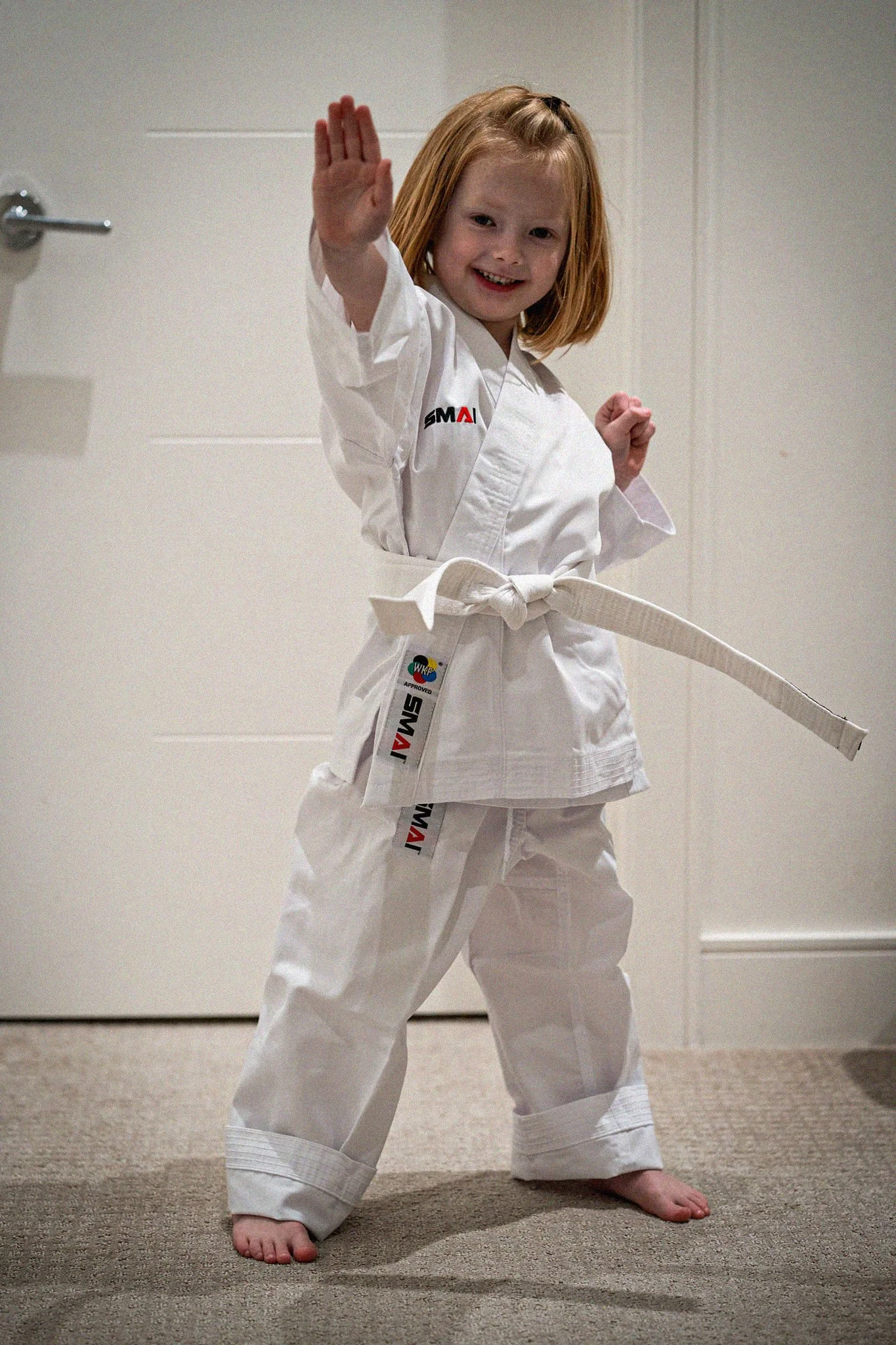Kids Karate Winter Term Starts January 6
Self-Defense
Full-Contact
Kata & Kobudo
Strength & Conditioning
sensei Nick Graves, Chief Instructor
I believe there is immense value in overcoming the challenges presented by karate. My goal is to help others experience authentic karate and share in same mental and physical benefits that I have experienced from my training. In addition to gaining strength, endurance and technical skill, my students also develop resilience, empathy, clear boundaries, and a deep sense of personal empowerment.
I show up to the dojo as my authentic, humble self, leading by example and demonstrating what long-term discipline and commitment can achieve.
History
I began my martial arts journey in my early teens, training in Shotokan Karate at the Tillicum Karate Club in Victoria. In time, I shifted my focus to weight training and powerlifting before returning to martial arts, studying Yoshukai full-contact karate under Kyoshi Greg Turnbull. Over the past 15 years, I’ve continued to train and teach, earning dan ranks in four different styles and traveling the world to compete and train in kata, traditional weapons, and full-contact kumite. Along the way, I have built lifelong friendships and learned many lessons leading me to my current path of sharing my love of martial arts with others through my own dojo.
Japan
I strive to maintain authentic connection to the roots of karate. To this end, I travel to Japan to train at the Seienjuku Honbu Dojo and to participate in demonstrations with the Japanese Budo Association each year.
In the future, I hope to bring my students with me to experience the dynamic culture of karate in it's birthplace.
Qualifications
Nidan, Seienjuku Karate
Nidan, Kokusai Ryukyu Kobudo Hozon Kyokai Association
Shodan, Daiwa-Ryu Aiki Jujitsu Higa-ha Kobukan Kyoukai
Shodan, Yoshukai Karate
Your child is stronger than they think
As a father of twin girls, I am passionate about teaching the next generation how to become connected to their own inner strength. I believe that exposing children to karate at a young age provides a foundation for them to learn how to set boundaries and become empowered to make good choices throughout their lives.
I have created a fun and inspiring program for kids ages 6 and up that helps them explore functional movements while learning about the world of martial arts.
Traditional Meets modern
My curriculum combines the traditional aspects of karate with modern developments in technique. This provides a broad and powerful perspective on the holistic and evolutionary nature of karate-do (the way of the empty hand).
-
Traditional Karate techniques and patterns solidify the principals of fighting and movement.
-
Full-contact style sparring is incredibly popular in Japan, but is rarely seen in Canada. Contemporary full-contact techniques form an excellent basis for learning how to strike with intention and defend oneself effectively.
-
Self-awareness and preemptive defense is core to effective self-defense. Theory combined with practical wrist locks, grip releases and pressure points provide a basis for self-confidence in any situation.
-
Ancient Okinawan weapons including bo, tonfa, sai, tekko and more compliment kata and kumite training to help students understand how to fight with and defend against opponents using weapons.
-
A core principal of karate training is competition. Internal, local and international tournaments and events help students practice performance under pressure and allow them to demonstrate their abilities.
-
Comprehensive strength, conditioning and flexibility exercises provide continuous improvement in abilities over the long-term.
A long lineage of strength
The styles of Japanese martial arts that I teach can be traced back over 300 years to karate’s first introduction to Okinawa from China in the 1700s.
Every instructor along the way has added their own ideas, gradually evolving the art into what it is today.












